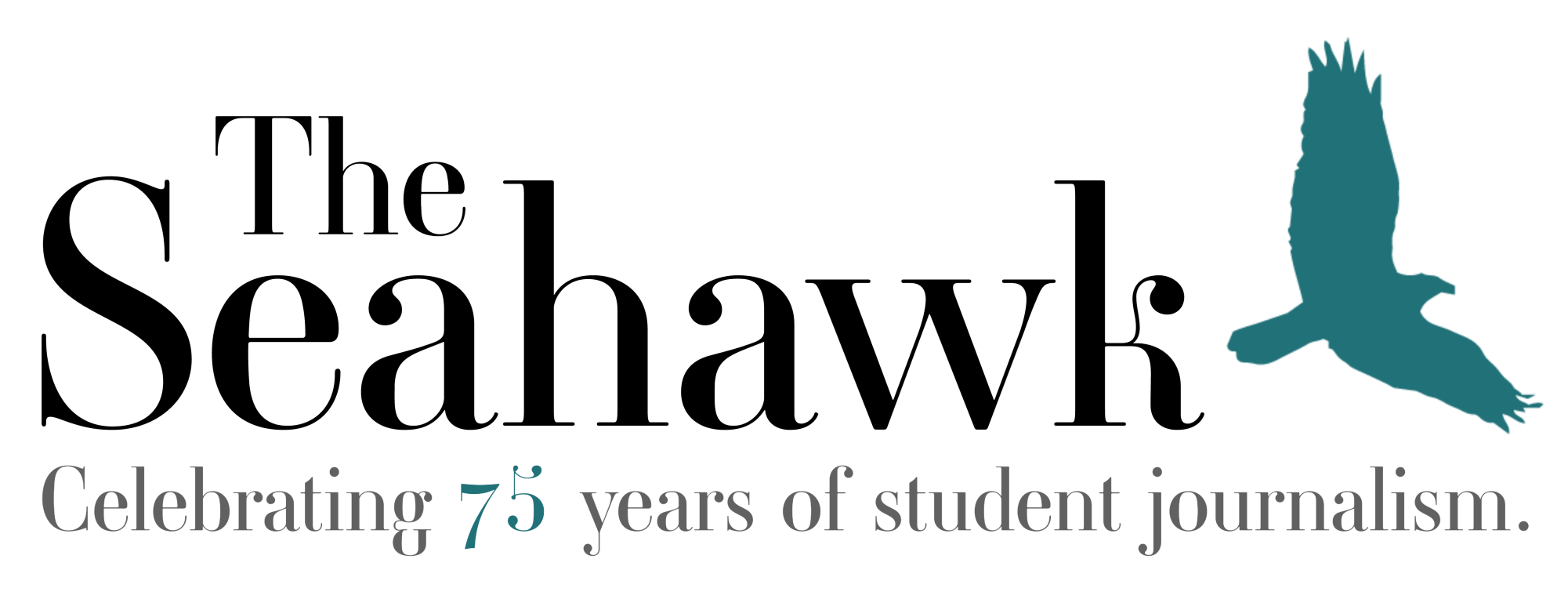Lookout releases first creative non-fiction book
For the towns of Davenport, Iowa and Wilmington, NC, home is where the river flows. And for recently published author Ben Miller, growing up near the Mississippi River meant collecting a multitude of experiences-experiences that resembled intertwining streams that would eventually coalesce into a memoir.
“River Bend Chronicle” documents the adolescent life and development of Ben Miller while he was living in Davenport.
“Out of all the material that has formed here in the last ten years, this book finally surfaced,” Miller said. “It’s tricky given the complexity of the things I’ve experienced, and the tragedy that I encountered there as well as the joy.”
Since March 8, Miller has been on tour to promote his memoir and bring attention to the independent publisher Lookout Books, which resides on UNC Wilmington’s campus. “River Bend Chronicle” makes for their fourth publication and first nonfiction title.
“We knew this wasn’t something a traditional publisher would take on,” said Emily Louise Smith, director of UNCW’s Publishing Laboratory. “People have something to say, and we can help them build and find that audience.”
Edith Pearlman’s “Binocular Vision,” Lookout’s first published book, was released in the United Kingdom this year. “Binocular Vision” appeared on the cover of the New York Times Book Review and has been sold in five other countries. With two authors from Massachusetts, one from Michigan, and one from New York (Miller), branching out helps garner national attention for Lookout.
Lookout Books’ philosophy focuses on finding “overlooked gems,” and bringing those works to light with as much care as the writer has in pining over their work.
“I have to be very, very selective and love those one or two books and see if it fits Lookout’s mission,” Smith said.
As opposed to the independent scene, major trade house publishing companies push for 50 to 200 titles a year. Likewise, the attention for each title is slim due to the pressure of maintaining a large profit gain.
“Nobody could have done this book as well as Lookout has,” said Miller. “In fact, nobody else could have done this book at all.”
Miller’s first ties with Lookout originated in the pages of Ecotone, the creative writing department’s semiannual journal. Miller’s essay “The Reinvention of Ice” was well received in the department, and so Smith sought a collaboration for a project on a larger scale.
As partners in print, Lookout works with Ecotone to search for authors who have appeared on the pages of the journal. They hope to find book-length collections of their work.
With a book-length manuscript of essays, Miller and Smith shaped that collection into what Lookout calls “a memoir in essays.” The process called for an addition of a prologue, epilogue, and the construction of a narrative arc.
The biggest challenge by far was the book’s length. “River Bend Chronicle” boasts a 470-page length. Smith’s original estimation was 336 pages, an estimate on which former financial projections were based.
“It’s probably the hardest book I’ve worked on, as a publisher, in terms of its length,” said Smith.
The length potentiated the difficulty of other factors such as paragraph breaks, typography, transitions, and other stylistic elements. The main issue was massaging the book’s “long, muscular, propulsive prose” onto the page to ease digestion.
When deciding which essays would make the cut, an “accordion effect” took place, causing the balance of each essay’s robust quality to interfere with their territory.
“The struggle was to get the right proportion,” said Miller. “That’s what you see on the page, just the flow of feelings and thought that form identity-and my attempt to sift from that material meaning.”
Another unique aspect of Miller’s memoir is its subtitle, “The Junkification of a Boyhood Idyll Amid The Curious Glory of Urban Iowa.” His intention for including such a lengthy subtitle was to cue his readers “on the adventure within.”
Smith explains that decorating the whole book taught her a great deal about graphic design and publishing. She took care in crafting its composition so it would not only complement the text but also honor it.
“We’re very proud to publish it,” she said.
In its basic form, Miller describes his memoir as a weaving of “ordinary experiences” that come together and nullify each other. Although these bad and good experiences might seem ordinary, they are abstract forces at work that create a profound monument of tragedy and joy.
“In a sense, I would like readers to read this book and look at their own lives and the magnitude of their own ordinary experiences,” Miller said.










